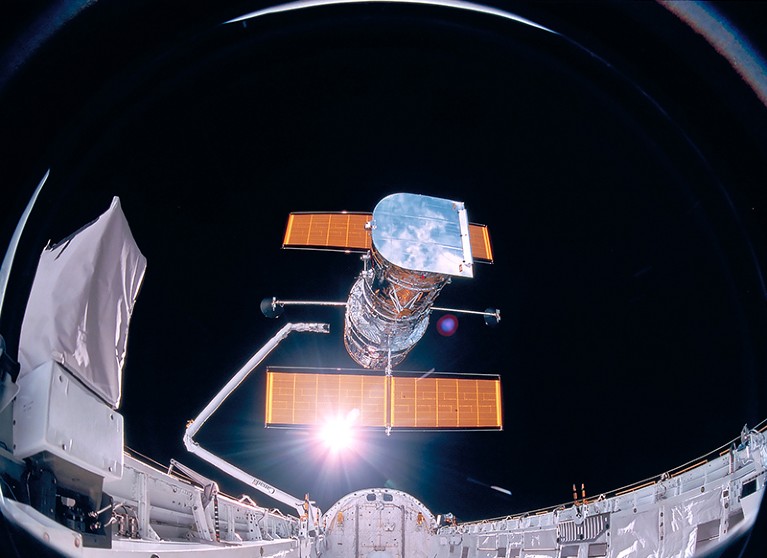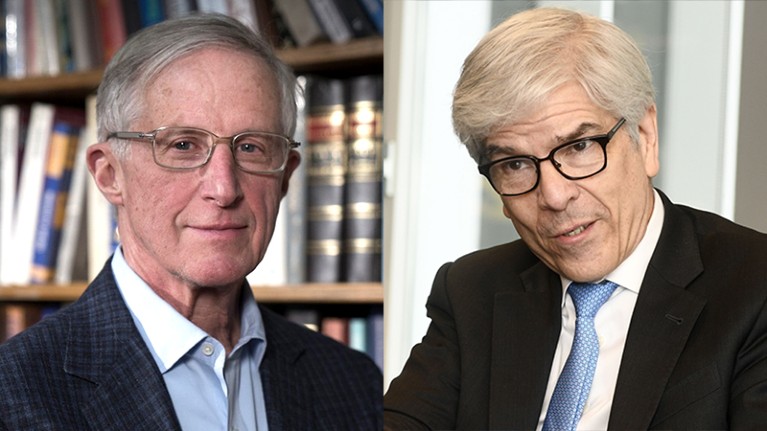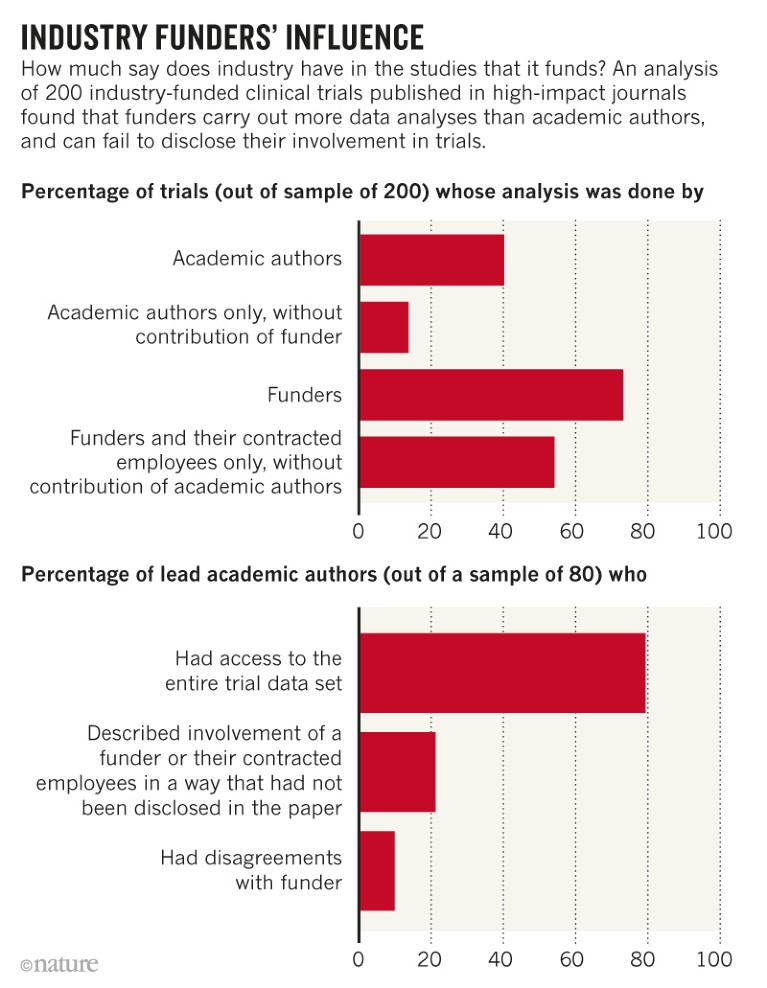SPACE
Hubble telescope stops collecting data The Hubble Space Telescope stopped collecting science data on 5 October, because of a problem with one of the gyroscopes it uses to orient itself. Mission controllers expect to have Hubble working again soon. “Don’t worry, Hubble has many great years of science ahead,” says Kenneth Sembach, director of the Space Telescope Science Institute in Baltimore, Maryland, which operates the telescope. But the glitch underscores that Hubble, perhaps the most iconic space observatory in history, will eventually die. NASA astronauts cannot service the 28-year-old observatory as they once did, because the agency retired its space shuttles in 2011. On their last servicing mission in May 2009, astronauts replaced Hubble’s six gyroscopes. Hubble can operate on just one gyroscope, but that limits its ability to point at targets.

Hubble Space Telescope being deployed from the payload bay of Space Shuttle Discover.Credit: NASA
Japan rover lands A third rover touched down on the surface of asteroid Ryugu on 3 October, marking a hat-trick of successful landings for the Japanese Hayabusa2 space mission. The shoe-box-sized Mobile Asteroid Surface Scout (MASCOT) separated from the Hayabusa2 probe, which had moved temporarily to 51 metres from the asteroid’s surface. The lander then descended to the asteroid in free fall. MASCOT is scheduled to visit three sites on the 880-metre-wide asteroid, using an external swinging arm to ‘hop’ around in the asteroid’s low gravity. It is equipped to measure the temperature on the surface and during the descent, as well as the asteroid’s magnetic field. It will also study the composition of the surface. Ryugu is made up of material from the early Solar System, and scientists think that studying the asteroid will give them an insight into the evolution of Earth and other planets. MASCOT was one of four landers aboard Hayabusa2.
RESEARCH
Exomoon evidence Astronomers have spotted what could be the first known moon to orbit an exoplanet, according to a study published on 3 October in Science Advances. The planet, dubbed Kepler-1625b, lies 2.4 kiloparsecs (about 8,000 light years) from Earth in the constellation Cygnus. Researchers have detected hints of a possible moon orbiting this planet before, in data from the Kepler space telescope. But now, on the basis of observations made with the much more powerful Hubble Space Telescope, researchers are a lot more confident that the exomoon is real. If confirmed, the discovery would mark a milestone in exploring planetary systems throughout the Galaxy. It would, among other things, allow scientists to test ideas of moon formation using examples from beyond the Solar System.
AWARDS
Economics Nobels Two US economists, William Nordhaus and Paul Romer, share the 2018 Nobel Prize in Economic Sciences for integrating climate change and technological change into macroeconomics. Nordhaus, at Yale University in New Haven, Connecticut, is the founding father of the study of climate-change economics. Economic models that he has developed since the 1990s are now widely used to weigh the costs and benefits of curbing greenhouse-gas emissions against those of inaction. His studies are central to determining the social cost of carbon — an attempt to quantify the total cost to society of greenhouse gases, including hidden factors such as extreme weather and lower crop yields. Romer, at the New York University Stern School of Business in New York, was honoured for his work on the role of technological change in economic growth. He is best known for his studies on how market forces and economic decisions facilitate technological change. His ‘endogenous growth theory’, developed in the 1990s, opened up avenues of research on how policies and regulations can prompt fresh ideas and economic innovation.

William Nordhaus (left) and Paul Romer (right).Credit: Left: Michael Marsland/Yale Univ. Right: Yorick Jansens/Belga via Zuma
POLICY
Arctic protections Nine nations and the European Union signed an agreement on 3 October in Ilulissat, Greenland, to ban unregulated commercial fishing on the high seas of the central Arctic Ocean. Warming temperatures in recent years have resulted in open water during the summer in a large region of the usually frozen central Arctic. This has prompted concern from scientists and officials that commercial operations could enter an area of nearly 3 million square kilometres and deplete fish populations. The legally binding agreement prohibits fishing in the area until a regional fishery-management organization can be established to set scientifically based quotas and regulations. It also establishes scientific cooperation between the countries to share information about changing Arctic ecosystems and fish stocks. The nations involved are Canada, Denmark, Norway, Russia, the United States, China, Iceland, Japan and the Republic of Korea.
Gene-editing rules Japan has issued draft guidelines that would allow the use of gene-editing tools in human embryos. The proposal was released on 28 September by an expert panel representing the country’s health and science ministries. Although the country regulates the use of human embryos for research, there have until now been no specific guidelines on using tools such as CRISPR–Cas9 to make precise modifications to their DNA. Manipulating DNA in embryos could reveal insights into early human development. The draft guidelines will be open for public comment from next month and are likely to be implemented in the first half of next year. If adopted, the guidelines would restrict the manipulation of human embryos for reproduction, although this would not be legally binding.
BUSINESS
ResearchGate suit Two journal publishers have launched legal proceedings in the United States against academic-networking site ResearchGate for copyright infringement. Elsevier and the American Chemical Society (ACS) say that the ResearchGate website violates US copyright law by making articles from their journals freely available. The two publishers filed the claim with the US District Court for the District of Maryland on 2 October. ResearchGate, which is based in Berlin, declined to comment to Nature. In October 2017, the same publishers launched a similar suit for copyright infringement in Germany, and that case has not yet concluded. At the time, ResearchGate also declined to comment on this lawsuit. By the following month, ResearchGate had disabled public access to 1.7 million articles on its site. The Coalition for Responsible Sharing, a group of publishers — including Elsevier and the ACS — that formed to order ResearchGate to remove their papers from its site, estimates that up to four million copyrighted articles have been made available for free on the platform.
ENVIRONMENT
Whaling rethink Japan’s fisheries agency says it will consider revising its sale of sei whale meat by February. The announcement came on 4 October, days after the Convention on International Trade in Endangered Species of Wild Fauna and Flora in Geneva, Switzerland, decided that selling products from sei whales (Balaenoptera borealis) violates restrictions on the sale of an endangered species. Although there has been a moratorium on whaling since 1986, Japan continues to hunt the mammals, mostly sei and minke, as part of what it calls a scientific research programme. It sells the meat and blubber, arguing that these products would otherwise be discarded. Last month, the International Whaling Commission, based in Cambridge, UK, rejected Japan’s bid to restore commercial whaling.
TREND WATCH
An analysis of industry-funded clinical trials has found that drug companies are often heavily involved in the conduct and reporting of the research — but are not always transparent about it.
Kristine Rasmussen, a medical researcher at the Nordic Cochrane Centre in Copenhagen, and colleagues searched 7 high-impact medical journals, picking out the 200 most recent phase III and phase IV trials of drugs, vaccines and medical devices (K. Rasmussen et al. Br. Med. J. 363, k3654; 2018).
They found that fewer than half of the trials had academics involved in data analysis, whereas 73% had funders involved. Rasmussen suggests that lack of time or statistical know-how could mean that many clinicians are happy to leave analysis to funders.
A survey of the trial’s lead academic authors, completed by around 40%, found that only 79% of those that responded reported having access to the entire trial data, and 11% said that they had had disagreements with the funders. About 21% said a funder, or one of their contracted employees, had been involved in the research in a way that had not been declared in the paper.




